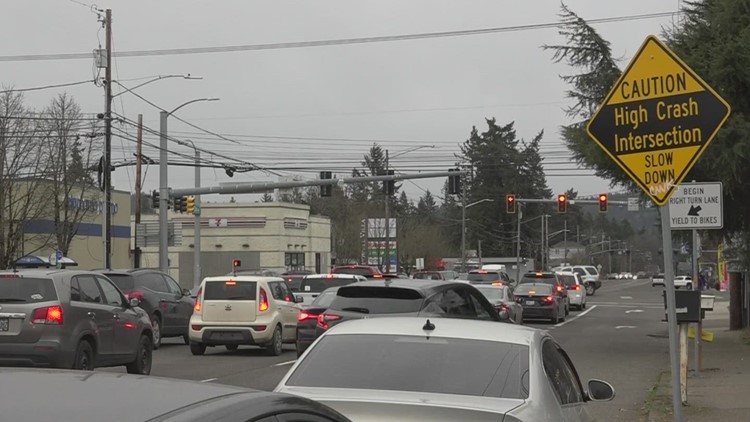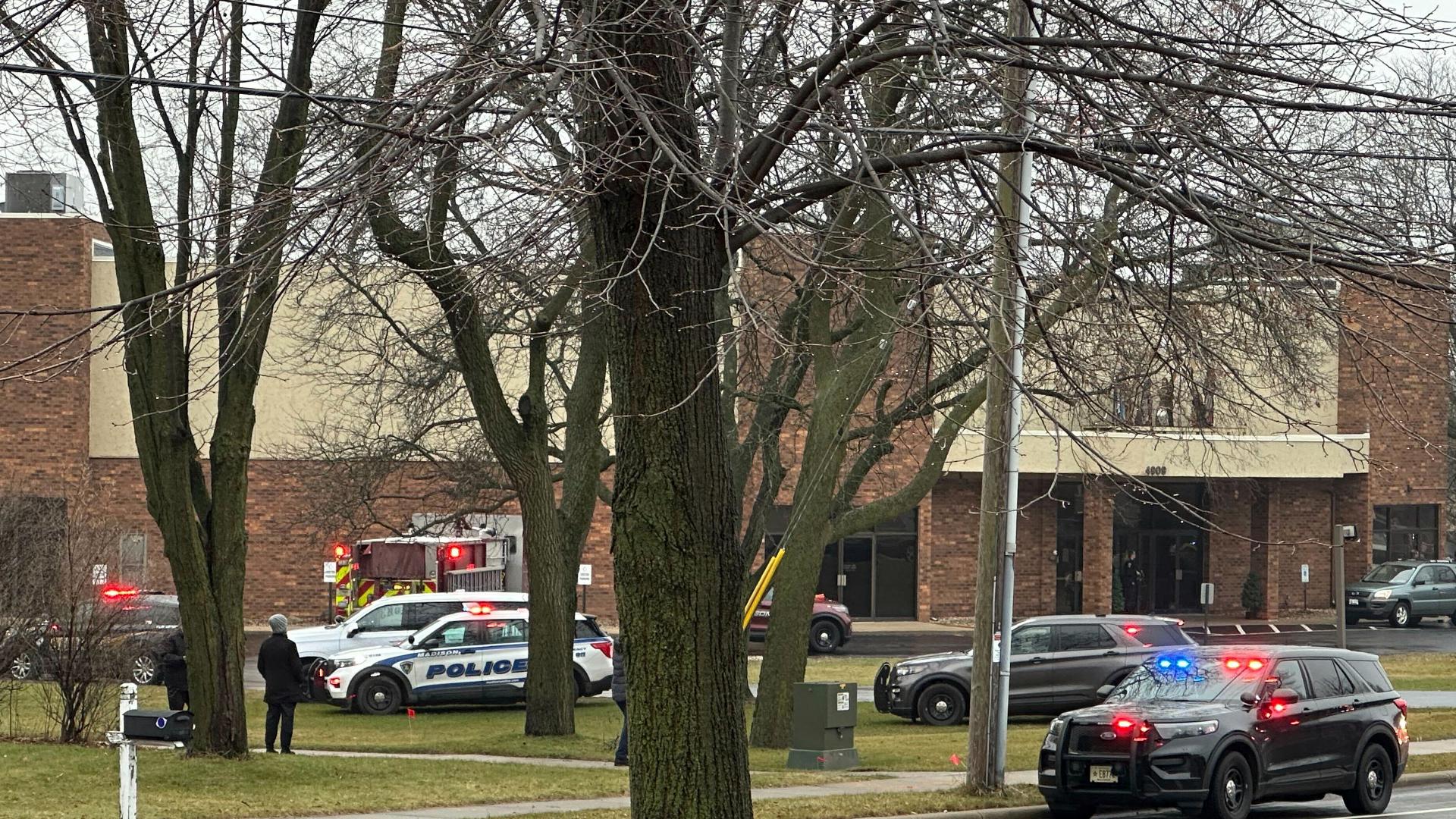PORTLAND, Ore. — Traffic deaths in Portland reached their highest in at least three decades last year, surpassing 2021's record, according to a new Portland Bureau of Transportation (PBOT) report.
PBOT called for more action to reduce traffic deaths while presenting their reports to the Portland City Council, along with several other city agencies, on Wednesday. The latest Vision Zero report stated that 69 people were killed in traffic crashes in 2023; 24 of those were pedestrians. In 2021, the number of deaths stood at 64 people.
In 2023, three-fourths of the traffic deaths occurred in Portland's High Crash Network, compromised of 30 of the city's most dangerous streets and intersections, most in East Portland. Speed accounted for over half of the deaths, according to the report, with 47% due to impaired driving, according to the report. Most deaths happened at night and on wide streets with four or more lanes.
Black communities also experienced a disproportionate amount of traffic deaths compared to other ethnic communities, the report stated.
There has been a rise of traffic deaths since 2020, a trend seen nationwide as more people began driving again once the COVID-19 pandemic's stay-at-home orders abated. However, though traffic deaths in the U.S. spiked in 2021, they have declined since the second quarter of 2022.
In Portland, though, deaths have continued to climb, PBOT said.
PBOT suggested that the city reduce speed limits and support safer street designs, such as increased lighting and shortened crossing distance at intersections. The agency has also stepped up enforcement, installing eight traffic cameras.
The U.S. Department of Transportation awarded the agency $33.8 million to fund safety-related improvements on 122nd Avenue in East Portland and the Burgard Bridge in North Portland.
This summer, the "82nd Avenue Critical Fixes: Major Maintenance" project is also expected to get underway, which hopes to increase pedestrian safety on one of the city's most dangerous streets. PBOT described it as just one of several projects that it plans to build on 82nd Avenue in the next three years, under a broader umbrella that it calls Building a Better 82nd.
However, simply redesigning streets isn't the only answer, according to PBOT Director Millicent Williams. Half of the pedestrians who died in 2023, according to PBOT's report, were experiencing homelessness.
"Ending traffic deaths depends significantly on traffic enforcement and the efforts by government and community partners. This includes important work to provide social services, mental health treatment, drug and alcohol addiction services, housing services, investments in state highways and facilities," she said in a statement.
The report also stated that behaviors such as street racing and fleeing crime scenes were factors.
Mayor Ted Wheeler and Transportation Commissioner Mingus Mapps also are co-sponsoring a resolution that asks the city council to, based on PBOT's 2023 report and action plan, work with bureaus and community partners to decrease deaths.
“This year’s report is a stark reminder of the urgent work that lies ahead. The Vision Zero Action Plan and the collaborative efforts it outlines are crucial to reducing the unacceptable number of traffic deaths and serious injuries on our streets,” Wheeler said in a statement. “Every life lost is a tragedy that resonates through our community, underscoring my commitment to making Portland’s roads safer for everyone. I commend the meaningful work of the many partners that drive this initiative forward. Together, we can achieve a safer Portland.”



